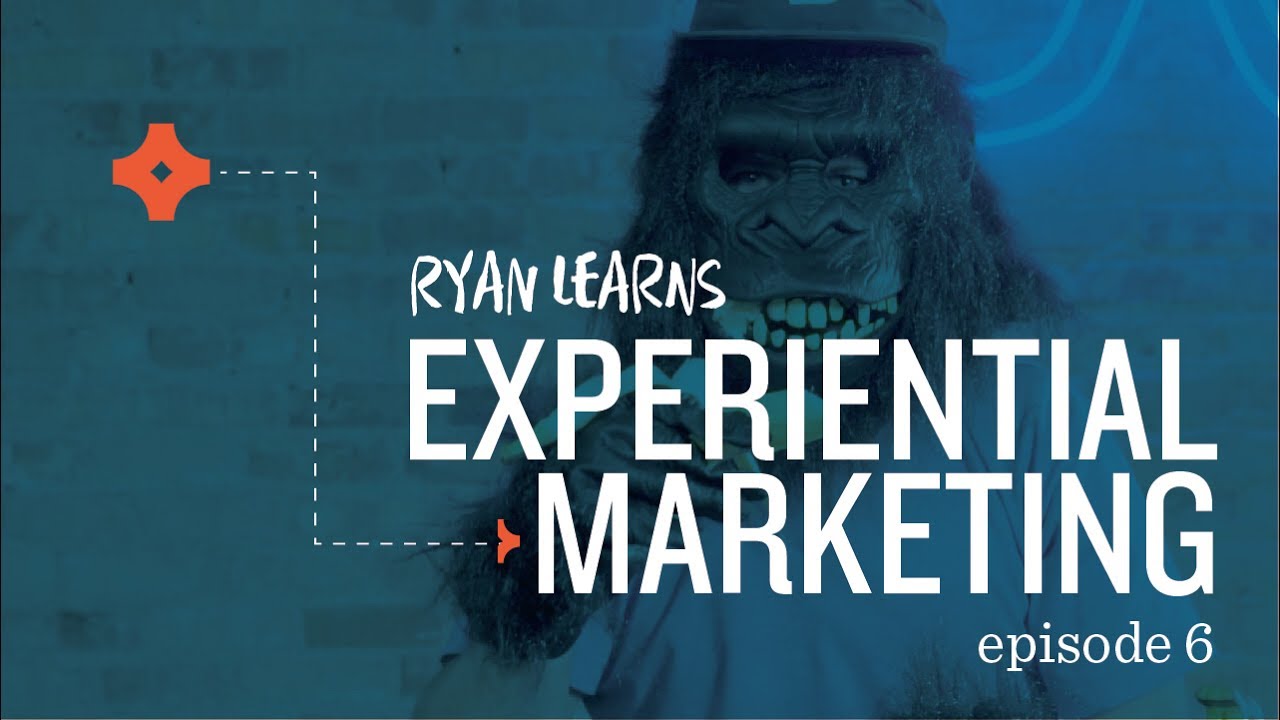All About Experiential Marketing And Why To Use It
With 77% of marketers that use experiential marketing as a vital part of a brand’s advertising strategy and 98% of users feeling more inclined to purchase after attending an activation,according to EventTrack, while 80% of marketers believe live events are critical for their company’s success and 95% of marketers agreeing that live events provide attendees with a valuable opportunity to form in-person connections in an increasingly digital world,according to Bizzabo, experiential marketing is an area one must be knowing all about and use it as much as possible in 2018.
Multi-sensory experiences allow information to be encoded in multiple areas of the brain, leading to greater memory retention and retrieval.
Here are 2018’s trends in experiential marketing.
According to AdWeek, unlike advertising, experiential can’t be broken down into formatted executions—print, outdoor, radio etc. Experiential is a little more complex, is the art of “expressing a brand’s purpose and proposition through a form of real world consumer interaction.”
“Experiential is an adjective, not a noun, right? It describes a way of marketing that can be limitless in form, idea and environment. Because of this, I’d caution against the labeling of campaigns, which applies to the use of “events,” too. Events are a type of experience, but this shouldn’t be the generic descriptor for a multitude of different live creative activations,” added Sarah Priestman for AdWeek.
Brands are turning to experiential marketing to entice consumers to shop in-store rather than online. These in-store events create unique in-person shopping experiences that keep them engaged at every point while shopping. Many stores, especially beauty brands, are incorporating augmented reality for the in-store experience. The key to experiential retail integration is allowing consumers to forge real-world connections with a brand that isn’t a marketing gimmick.
